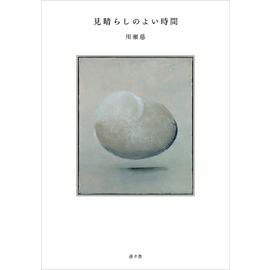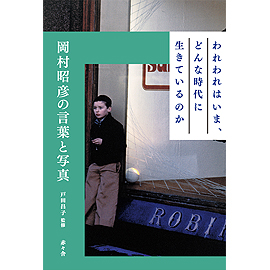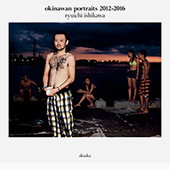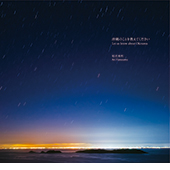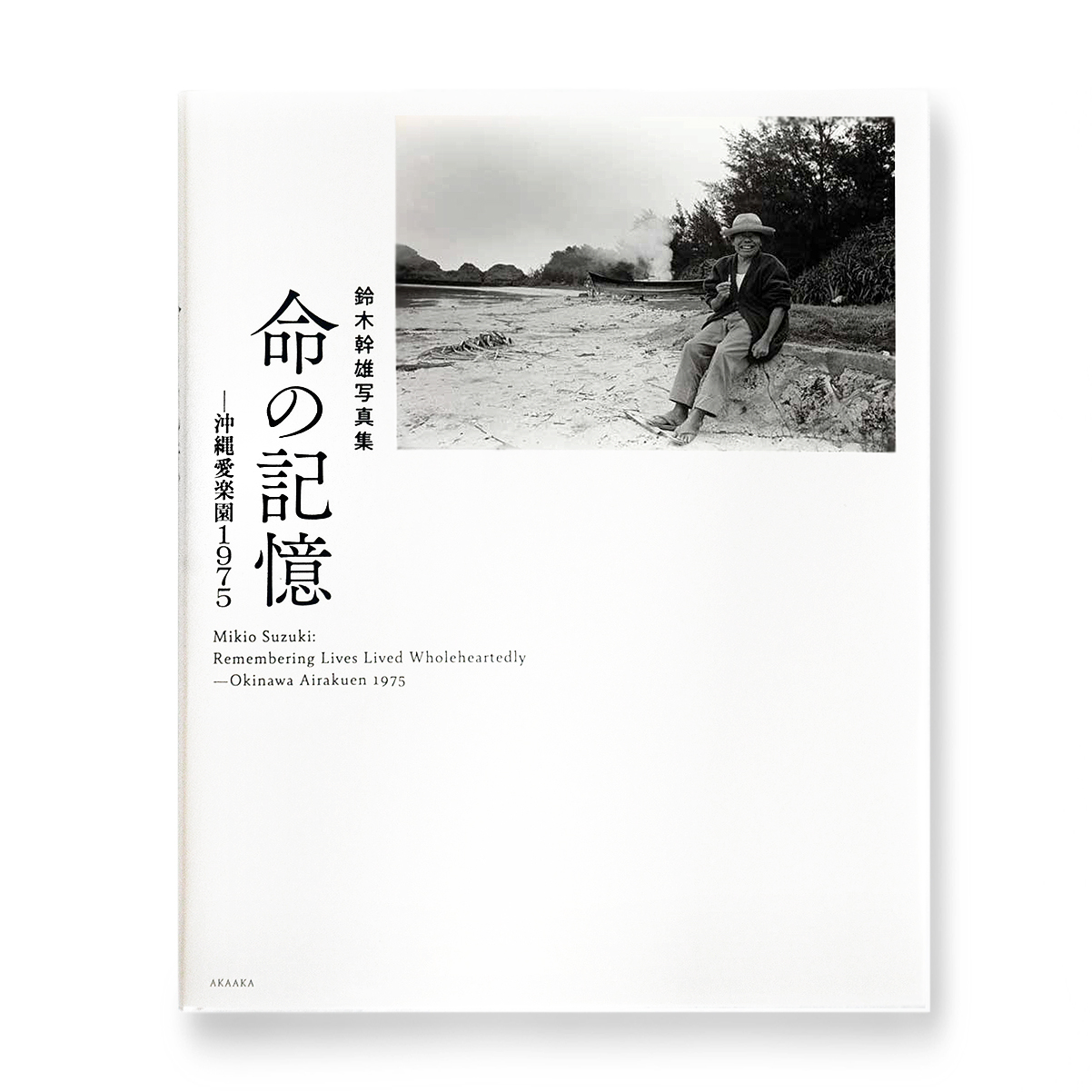
鈴木幹雄『命の記憶 ─ 沖縄愛楽園1975』
企画・監修:沖縄愛楽園自治会 編集:沖縄愛楽園交流会館発行:赤々舎 Size:H262mm x 214mm Page:248 pages Binding:Hardcover Published in May 2025 ISBN:978-4-86541-202-4 |
¥ 5,500+tax
国内送料無料! お支払い方法は、PayPal、PayPay、Paidy 銀行振込、郵便振替、クレジットカード支払いよりお選び頂けます。 |
|---|
About Book
ハンセン病療養所を訪れた写真家が記録した
ひとりひとりの肖像と生活。
Remembering Lives Lived Wholeheartedly
─ Okinawa Airakuen 1975
Mikio Suzuki
You know, there's a leprosy colony in Okinawa called Airakuen.
People there suffer greatly from discrimination and prejudice.
Go and take photographs that will rectify that.
The director is a friend of mine, so I'll write a letter of introduction for you.
In 1972, Mikio Suzuki, a photographer working at International News in charge of photo spreads for the magazine, Graph Century, had come up to the rooftop of Mitsukoshi department store in Nihonbashi on the invitation of Ozora, the big sky poet (real name, Yoshi Nagai) whom he had become acquainted with through gathering material for reporting about him. Ozora practiced an ascetic lifestyle somewhat similar to takuhatsu", wandering through cities and towns asking for alms, playing the mandolin, and singing hymns, children's songs, and songs he composed while appealing for world Suzuki had written about him in a feature article for the January edition of Graph Century that year titled "With mandolin in hand, the wandering white-bearded poet Ozora." The event on the rooftop of Nihonbashi Mitsukoshi was a performance by Nagai's friend, the finger whistling musician Daizo Tamura. After the performance, Suzuki casually took a photograph over Tamura's shoulder of the two men talking together. Tamura suddenly turned to face Suzuki and loudly said to him the words at the beginning of this essay. This surprised Suzuki as he had only met Tamura that day, but he thought of it as just one more remark heard in the course of his regular on-location reporting work. For Suzuki, Hansen's disease was something remote that he vaguely remembered hearing of somewhere.
Suzuki, plagued with doubts about the work he was doing photographing subjects assigned by the company, left International News in 1973. He set out traveling without a fixed destination for the purpose of self-reflection and, recalling Tamura's words as if they had been a promise, Suzuki resolved to photograph the National Colony Okinawa Airakuen (abbreviated below as Airakuen or the colony) on Yagaji Island in Nago City, Okinawa Prefecture. Suzuki set himself the challenge of experiencing and photographing the reality of Airakuen for an entire year. He visited the colony for the first time in December 1974. Suzuki struggled with the task of taking photographs that would serve to rectify the discrimination and prejudice that Tamura had confronted. He visited the colony seven times until January 1976, where he stayed, engaging with the residents and recording the scenery around the colony and the daily lives of the residents with his camera. The photographs taken at Airakuen amounted to approximately 2,300 individual photographs on 72 rolls of negative film. Some of the photographs were exhibited at Passman Hall within the colony from April 20th to 22nd, 1975, and they were also sent as mementos to many of the residents who were the subjects of the photographs. Suzuki was aware that the photographs he had taken for the purpose of documentation would be difficult to disclose to the public, but he took the precaution of confirming the possibility of releasing them to the public in the future. He mentions toward the end of his diary that although he had obtained the consent of many of the residents for the photographs to be made public, there were a number of factors that did not allow for public release.
Suzuki's photographs left behind at the colony were discovered in the process of conducting the Okinawa Airakuen fact-finding investigation and subsequent compilation of the collected testimonies obtained, which began in 2002, the year following the victory in the lawsuit challenging the constitutionality of the Leprosy Prevention Law. With Suzuki's permission, thirteen of his photographs were published in Okinawa Prefecture Hansen's Disease Collected Testimonies: Okinawa Airakuen Edition (Okinawa Airakuen Residents' Association, 2007). In June 2015, seven of the photographs were displayed as a permanent exhibition at the Okinawa Airakuen History Museum, which was opened as a resource center. Additionally, 64 photographs were displayed mounted on panels in the 2018 special exhibition "Okinawa's Scars" (held from April 1 to August 31). This marked the first time the photographs were presented to the public in an organized form.
Extracted from the text "The Road to Photographing Airakuen"
Akira Tsuji (Curator, Okinawa Airakuen History Museum)
.
"I felt the heaviness of each person's life now, which I didn't notice during the photo shoots.
They couldn't live outside of Airakuen. In that restricted space, that situation, what is the focus of their lives?"
── Airakuen Photographing Diary
Mikio Suzuki
"Among the portraits taken by Suzuki, those depicting scenes of peaceful daily life at the colony, serene religious rituals, or people engaged in pleasant conversation at banquets may stand out. The surprise, uncertainty, hesitancy, and joy the photographer felt at being warmly invited into the daily lives of the residents and spending time with them factors in the subtle play of emotional richness and complexity even in their facial expressions and movements. But in reality, repercussions spread and, at times, the photographs aroused violent opposition.[...]
What underlies Suzuki's photographs is a rigorous and exhaustive inquiry into whether it is truly possible to depict the human being in an authentic and accurate way--what we see in the photographs is what ultimately remains after this extremely intense experience."
── Places of Departure
Shino Kuraishi
At the end of the book: List of Works / Airakuen Photographing Diary by Mikio Suzuki / Brief Chronology / Places of Departure by Shino Kuraishi / The Road to Photographing Airakuen by Akira Tsuji / Airakuen Three Years After Reversion by Yoko Suzuki
Related Exhibitons
|
鈴木幹雄「命の記憶 ─ 沖縄愛楽園1975」展 会期:2025年5月17日(土)~10月31日(金) 時間:10:00~17:00(入館は16:30まで) 会場:沖縄愛楽園交流会館(沖縄県名護市済井出1192) 月、祝休み、入場無料 【前期】5月17日(土)〜7月23日(水) 【後期】7月26日(土)〜10月31日(金)※ 東京・京都の展示作品を含む ---------------------------------------------------------- at PURPLE(京都市中京区式阿弥町122-1 3F) 会期:2025年5月23日(金)〜 6月22日(日) 時間:13:00〜19:00 月・火休み、入場無料 ---------------------------------------------------------- at TOBICHI(東京都千代田区神田錦町3-18 ほぼ日神田ビル1F) 会期:2025年6月26日(木)〜7月13日(日) 時間:11:00〜19:00 6/30(月)休み、入場無料 |
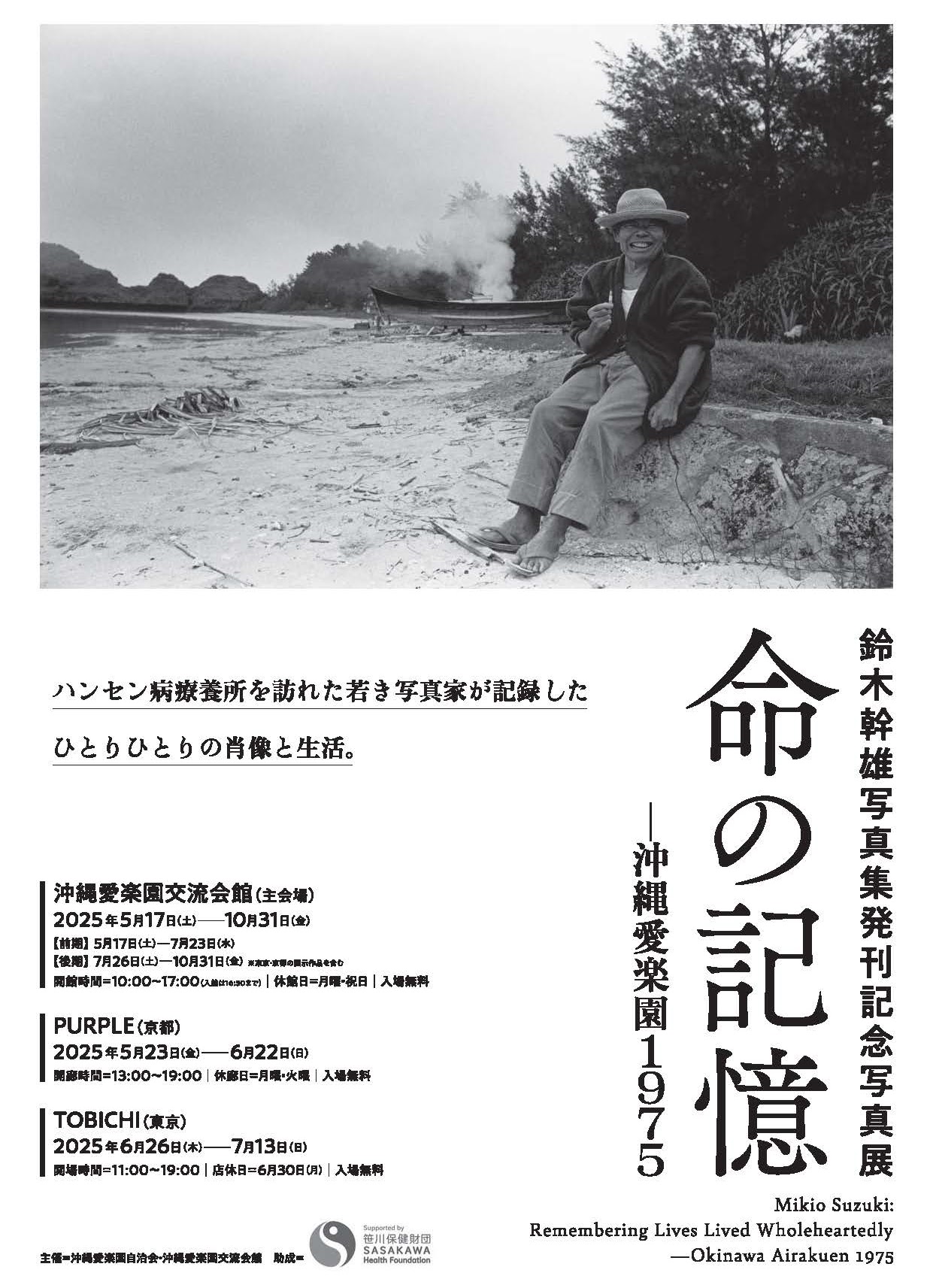
|
Artist Information
鈴木幹雄
1949年 東京都世田谷区祖師ヶ谷に生まれる。幼少期に福島へ移る。
1970年 千代田写真専門学院入学
1971年 IN通信社入社、カメラマンとして活動
1974年 初めて沖縄愛楽園を訪問
1976年 愛楽園での撮影終了、デイリープレス入社
1979年 日刊「銚子ニュース」記者に
1985年 福島・北会津にて無一窯を築窯、陶芸家として各地で活動
2007年 『沖縄ハンセン病証言集 沖縄愛楽園編』(沖縄愛楽園自治会)に写真13点掲載
2018年 沖縄愛楽園交流会館企画展「沖縄の傷痕」展にて写真64点展示
2025年 写真集『命の記憶-沖縄愛楽園1975』(赤々舎)刊行
Mikio Suzuki
1949 Born January 28 in Soshigaya, Setagaya Ward, Tokyo. Moved to Fukushima during childhood.
1970 Enrolled at Chiyoda Photography School.
1971 Joined International News as a cameraman.
1974 Visited Okinawa Airakuen for the first time.
1976 Completed photographic work at Airakuen. Joined the Daily Press as a cameraman.
1979 Joined the daily Choshi News as a reporter.
1985 Built the Muichi Kiln in Kita-Aizu Village, Fukushima Prefecture. Afterwards, held numerous solo and group exhibitions as a ceramic artist in various locations.
2007 Thirteen of Suzuki's photographs were published in Okinawa Prefecture Hansen's Disease Collected Testimonies: Okinawa Airakuen Edition (Okinawa Airakuen Residents' Association).
2018 Sixty-four of Suzuki's photographs were displayed in the special exhibition Okinawa's Scars held at the Okinawa Airakuen History Museum.
2025 Suzuki's photobook Remembering Lives Lived Wholeheartedly - Okinawa Airakuen 1975 was published by Akaaka Art Publishing.
Related Items
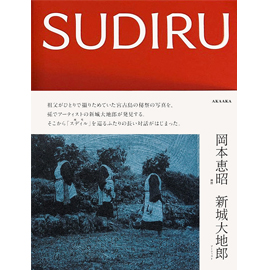
|
|
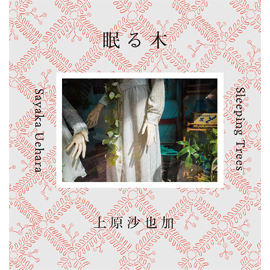 |
|
|---|
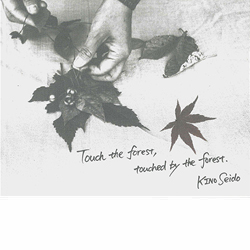
|
|
東松照明
『新編 太陽の鉛筆』 (Out of Stock) |
|
|---|

